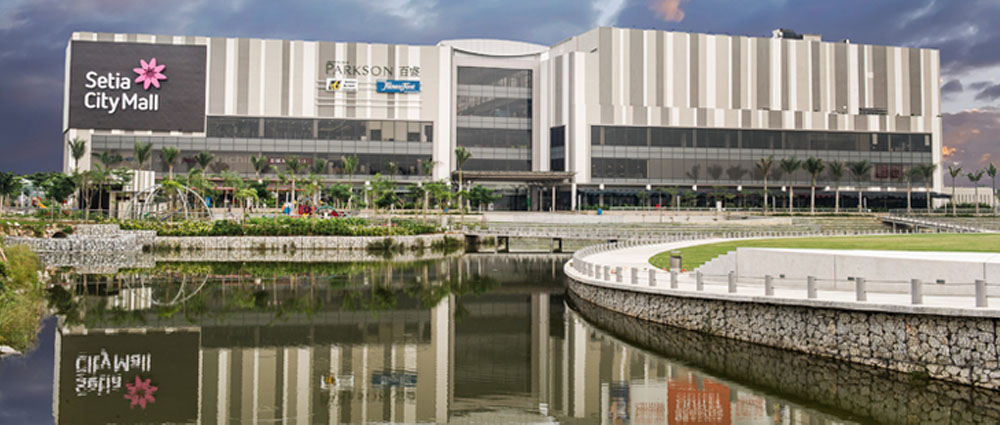KLites love their malls. The perfect sanctuaries from the city’s heat and humidity, malls have become the default destinations for shopping, socialising and entertainment for many of us.
By end of 2018, Greater Kuala Lumpur is expected to have some 70 million sqf of mall space, or around 9.5 sqf of mall space for every person. While this is still considerably lower than the global high – US has 48 sqf per capita mall space – it is still higher than regional peers such as Singapore and Bangkok.
Before Ampang Park opened in 1973, KL malls were mostly multi storey super market or department stores. One of the first department stores in Kuala Lumpur was the Weld Supermarket in the 1960’s, which went through several upgrades before it was turned into the office-retail complex it is today.
Ampang Park was the first mall to offer both shopping and entertainment under one roof. The five-storey complex was a huge hit, thanks to its famous top-floor theme park that drew families and out-of-towners alike.
Form and function of malls in KL continue to change throughout the 80s and early 90s, where purely shopping centres began to morph into entertainment and later lifestyle destinations.
During the time, Jalan Tunku Abdul Rahman’s stretch of malls and department stores were popular: Campbell Complex, Pertama Shopping Complex, Globe Silk Store and later Sogo Department Store.
As KL moved into the late 80s and 90s, several malls arrived and began to put KL on the map as the shopping hub it is today.
When Lot10 opened to public in 1990, joined later by sister mall the Starhill, they were dubbed high-end alternatives for the growing pool of affluent residents buoyed by a booming economy. The two malls, along with the older BB Plaza and Sungei Wang Plaza, helped cement the Bukit Bintang area as KL’s de facto shopping and tourist belt.
Around the same time, in the suburb of Subang Jaya, the Subang Parade was celebrated as the longest mall in South East Asia, and Yaohan The Mall, now the newly refurbished Sunway Putra Mall, opened to much fanfare, with an even bigger theme park that included a giant pirate ship.
While these malls focused on the family crowd, with flagship stores such as ToysRUs, the ones in Bukit Bintang are differentiating themselves as lifestyle malls, a trend that continues to evolve today.
The arrival of the new millenium heralded the coming of the megamalls, with floor spaces reaching half a million sqf, significantly upgrading the capital’s shopping scenes.
This includes the iconic KLCC and Pavillion in downtown KL, and the Mid-Valley Megamall and One Utama (top ten largest mall in the world after recent upgrade) in the suburbs. Some malls focused on upscale clientele and the tourists’ wallets, while others favourite weekend hang-outs for middle class Malaysians, but they are similar in that they host big department store anchor tenants, marquee-name international retailers such as Top Shop and H&M, a sprinkling of independent specialty shops and multiplexes. By casting their nets wide and having the best locations, these malls continue to be the most successful in KL, as can be attested when you try to find parking spots here on a weekend.
We continue to see differentiation in newer arrivals, some of them evolving as competition increases. Lately we have seen second tier malls in prime locations in the city, such as Quill Mall on Jalan Sultan Ismail and Avenue K across the KLCC, catering to the office crowd.
We also have wonderful neighbourhood malls that are heavy on F&B and al-fresco setting, with smaller shops and more laid-back vibe, Ara Damansara’s Citta Mall, Bangsar Shopping Center and Setia City Mall, among the more successful ones. At the same time, KL boasts popular specialty malls, such as the world renowned electronic mall Low Yat Plaza, and the artistic haven popular with the younger crowd, Publika in Sri Hartamas.
The variety of concept, as well as the depth of the offers, will continue to prop KL as one of the most exciting global shopping destinations for years to come.








